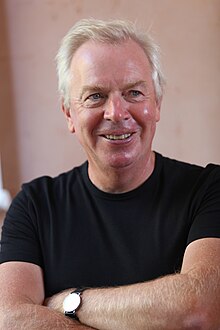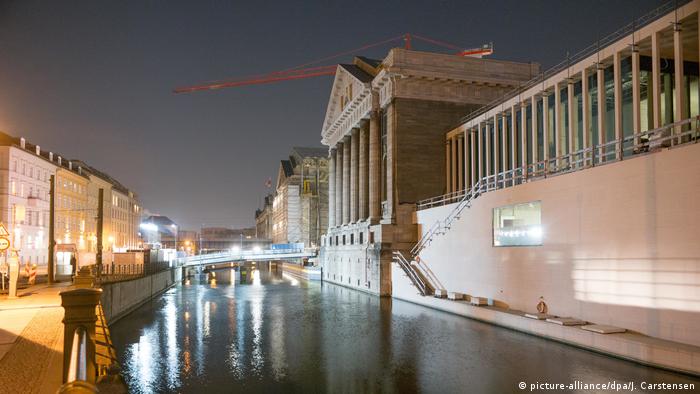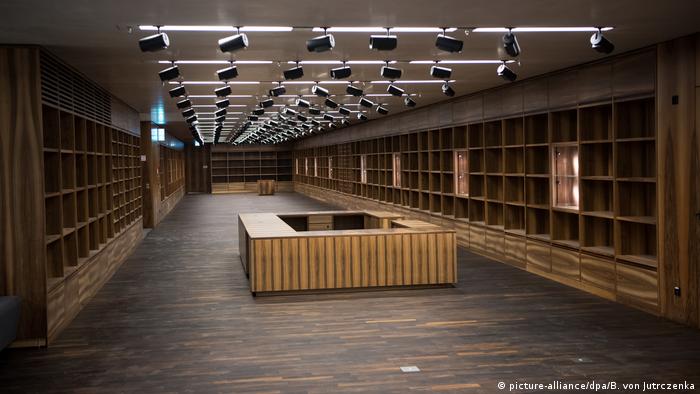David Chipperfield (1953~ )建築師 Finding beauty in normality. Sir David Alan Chipperfield:on what makes Berlin special. Berlin's Museum Island welcomes new stately entrance..首爾的愛茉莉太平洋集團總部,由英國建築師David Chipperfield所設計.
李清志 位於首爾的愛茉莉太平洋集團總部,由英國建築師David Chipperfield所設計,簡潔俐落的設計,凸顯出理性的美感,韓國美妝產品總部懂得欣賞這樣的美學,令人激賞!整個大樓有建築師設計陳列館、圖書室、咖啡館、商店,還有愛茉莉太平洋的美術館,美學層次超越一般美妝銷售的既有印象,讓我有感動到!
健 Controversial Plan to Rebuild a Berlin Landmark
UK Architect David Chipperfield Takes 2023 Pritzker Prize
David Chipperfield (1953~ ) Finding beauty in normality
Sir David Alan Chipperfield, CH, CBE, RA, RDI, RIBA, HRSA (born 18 December 1953) is an English architect. He established David Chipperfield Architects in 1985.[1]
His major works include the River and Rowing Museum in Henley-on-Thames, Oxfordshire (1989–1998); the Museum of Modern Literature in Marbach, Germany; the Des Moines Public Library, Iowa (2002–2006); the Neues Museum, Berlin (1997–2009); The Hepworth Wakefield gallery in Wakefield, UK (2003–2011), the Saint Louis Art Museum, Missouri (2005–2013); and the Museo Jumex in Mexico City (2009–2013).
David Chipperfield Architects is a global architectural practice with offices in London, Berlin, Milan, and Shanghai.
In 2023, he won the Pritzker Architecture Prize, considered to be the most prestigious award in architecture.[2][3]
https://en.wikipedia.org/wiki/David_Chipperfield
---
“Finding beauty in normality seems to me a profound position and something very modern and very different from what our contemporary society is doing, which is to make us hungry for novelty,” he said. “The system is out there to make us dissatisfied. I believe we will look back on this period with some confusion.”
At the same time, Chipperfield said, he is not despairing. “I haven’t lost my confidence in architecture itself,” he said. “We make a physically better world, we make a generally better world. I have always held on to that.”
Berlin's Museum Island welcomes new stately entrance

-----
David Chipperfield: “Architecture is the background”
By Laura Mark
Published 14 May 2018
https://en.wikipedia.org/wiki/David_Chipperfield
Sir
David Chipperfield
| |
|---|---|
 | |
| Born | 18 December 1953
London, England
|
| Occupation | Architect |
| Awards | RIBA Stirling Prize, Royal Gold Medal, Andrea Palladio Prize, Tessenow Gold Medal |
| Practice | David Chipperfield Architects |
| Projects | Museum of Modern Literature, Marbach, Germany (2002–2008)
America's Cup Building, Valencia, Spain (2005) The Hepworth Wakefield, Wakefield, UK (2003–2011) Turner Contemporary, Margate, UK (2006–2011)
Museo Jumex, Mexico (2009–2013) |




沒有留言:
張貼留言